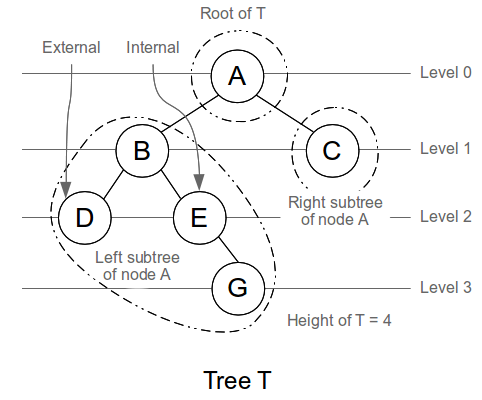Given a set of dependent tasks, find the order in which these tasks have to be executed.
The solution is found via a topological sort.
#include <algorithm>
#include <iostream>
#include <limits>
#include <vector>
#include <queue>
#include <map>
using namespace std;
vector<map<int, int> > graph;
vector<int> sortedNodes;
void topSort() {
sortedNodes.clear();
vector<int> inDegree = vector<int>(graph.size(), 0);
for (size_t i = 0; i < graph.size(); ++i)
for (map<int, int>::iterator itr = graph[i].begin(); itr != graph[i].end(); ++itr)
++inDegree[itr->first];
queue<int> q;
for (size_t i = 0; i < graph.size(); ++i)
if (inDegree[i] == 0)
q.push(i);
while (q.size()) {
int p = q.front();
sortedNodes.push_back(p), q.pop();
for (map<int, int>::iterator itr = graph[p].begin(); itr != graph[p].end(); ++itr)
if (!(--inDegree[itr->first]))
q.push(itr->first);
}
}
int main() {
int n, m;
while (cin >> n >> m && (n || m)) {
// input
graph.clear();
for (int i = 0; i < n; ++i)
graph.push_back(map<int, int>());
for (int i = 0, x, y; i < m; ++i)
cin >> x >> y, --x, --y, graph[x][y] = 1;
// solve
topSort();
cout << (sortedNodes[0] + 1);
for (int i = 1; i < n; ++i)
cout << " " << (sortedNodes[i] + 1);
cout << endl;
}
return 0;
}



